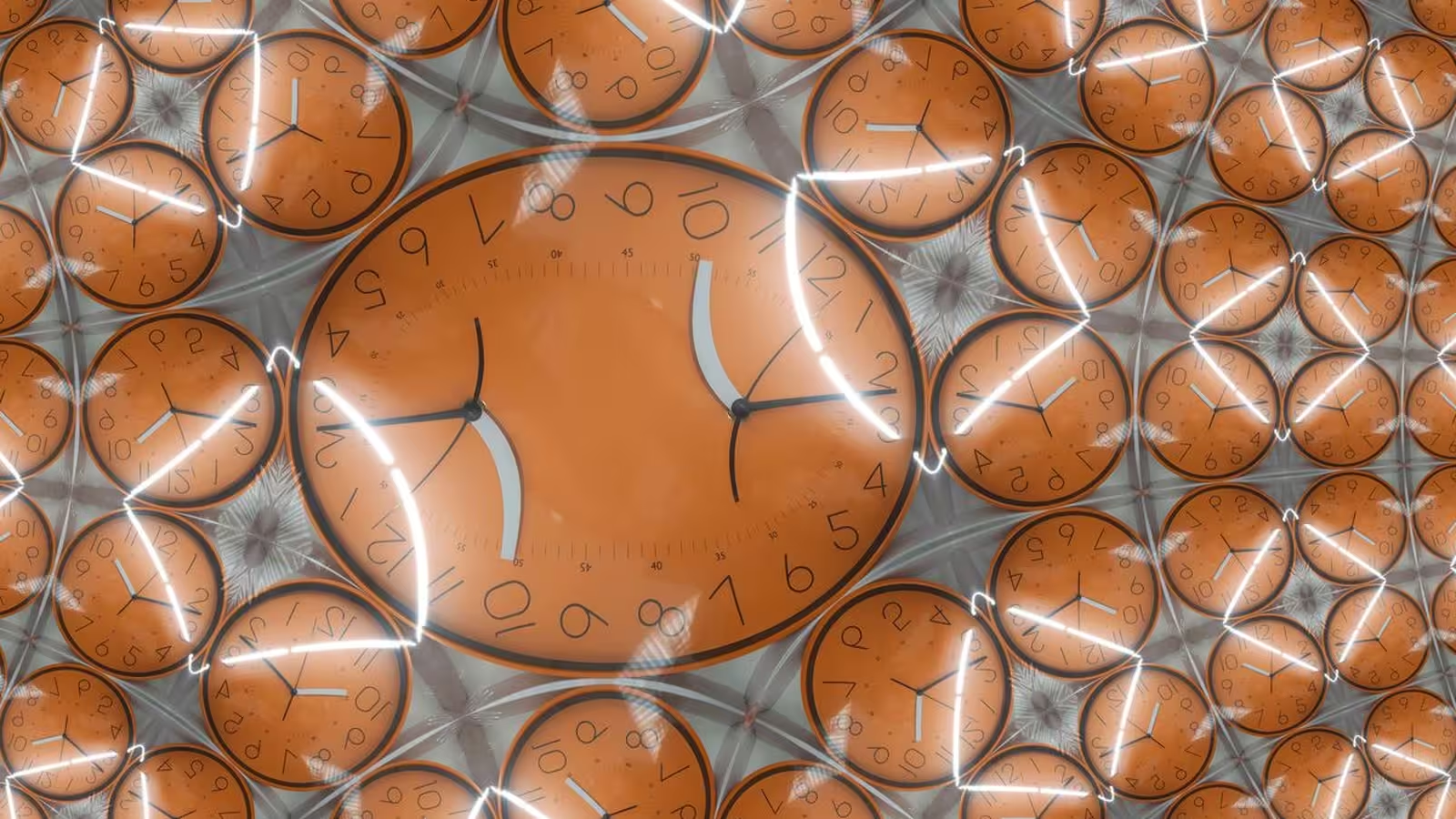4 Minutes
Unraveling the Secrets of the Biological Clock
The intricate timing of the human body—commonly known as the circadian rhythm—governs everything from our sleep-wake cycles to fundamental cellular processes. This internal clock, aligned with Earth’s 24-hour day, is crucial for maintaining our health. Disruptions in circadian rhythms have been linked to conditions as varied as heart disease, cancer, and metabolic disorders.
To decipher the cellular mechanisms behind our natural timekeeping, a team of scientists at the University of California, Merced, has engineered artificial, cell-like vesicles that can maintain time much like a biological clock. Their groundbreaking research, published in the journal Nature Communications, provides a window into how life on Earth senses and measures the passage of time at the molecular level.
Building a Synthetic Circadian Clock: The Role of Clock Proteins
The foundation of this experiment was the use of cyanobacteria—microscopic organisms known for their simple, yet remarkably precise, internal clocks. The researchers fabricated vesicles, tiny spherical structures measuring between 2 and 10 micrometers in diameter, and infused them with a trio of clock proteins found in cyanobacteria: KaiA, KaiB, and KaiC.
In this synthetic system, KaiC operated as the central hub, with KaiA and KaiB advancing or reversing the clock's molecular cycle. By employing fluorescent tagging, the scientists could visually track the ticking of these “artificial clocks” inside each vesicle. The brightness of the fluorescence provided a continuous, measurable record of circadian-like oscillations inside the synthetic cells.
Key Findings: Clock Accuracy and Its Determinants
A pivotal discovery of the study was that the precision of the circadian rhythm within the vesicles depended on both the concentration of clock proteins and the size of the vesicle itself. Larger vesicles with higher amounts of clock proteins displayed more accurate and robust timekeeping behavior, closely mirroring natural biological clocks. Conversely, when the quantity of clock proteins was reduced, the vesicles gradually lost their ability to keep accurate time.
"This study shows that we can dissect and understand the core principles of biological timekeeping using simplified, synthetic systems," explained lead author Anand Bala Subramaniam of UC Merced. "It’s a major step forward in our fundamental understanding of circadian biology."
Computational Modeling and Broader Biological Implications
To further validate their results, the team built computational models simulating populations of these timekeeping vesicles. The models demonstrated that while individual vesicles maintained accurate circadian cycles independently, synchronizing these clocks across a group required additional regulatory mechanisms—akin to how organisms synchronize their cellular clocks for coordinated behavior.
Mingxu Fang, a microbiologist at Ohio State University who was not involved in the research, praised the approach: "This powerful tool enables direct testing of how and why organisms with different cell sizes may adopt distinct timing strategies, thereby deepening our understanding of biological timekeeping mechanisms across life forms."
Future Applications: Medical and Biological Frontiers
Insights into the molecular machinery of our internal clocks could have profound effects on multiple scientific fields. Understanding circadian rhythm at this granular level may lead to innovations in chronomedicine—where treatment is timed to our natural biological rhythms to enhance effectiveness and minimize side effects. For example, strategies like chronochemotherapy are being studied to optimize the delivery of cancer drugs for the best patient outcomes.
Moreover, synthetic biology approaches that recapitulate natural timekeeping systems could pave the way for bioengineered tissues, advanced diagnostics, and new treatments for circadian disruption disorders.
Conclusion
The creation of synthetic, timekeeping vesicles marks a remarkable advance in circadian biology. By reconstructing the biological clock’s molecular components inside artificial cells, scientists have taken a significant step toward unraveling the mysteries of how life keeps time. These discoveries not only deepen our understanding of the fundamental rhythms governing health and disease but also open new avenues for therapeutic intervention and biotechnology. As we continue to decode the smallest clocks inside our cells, we unlock new possibilities for future medical and scientific breakthroughs.
Source: popularmechanics



Comments